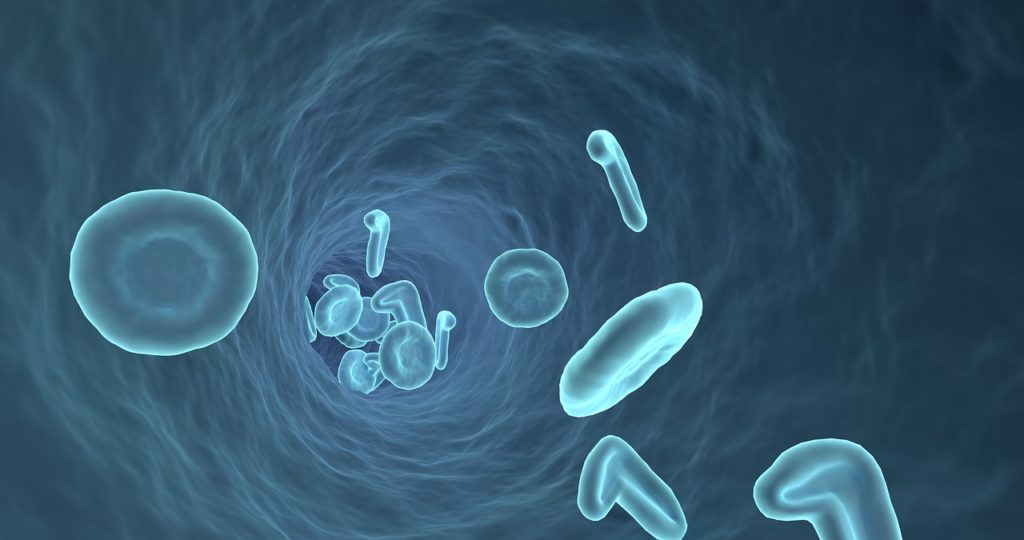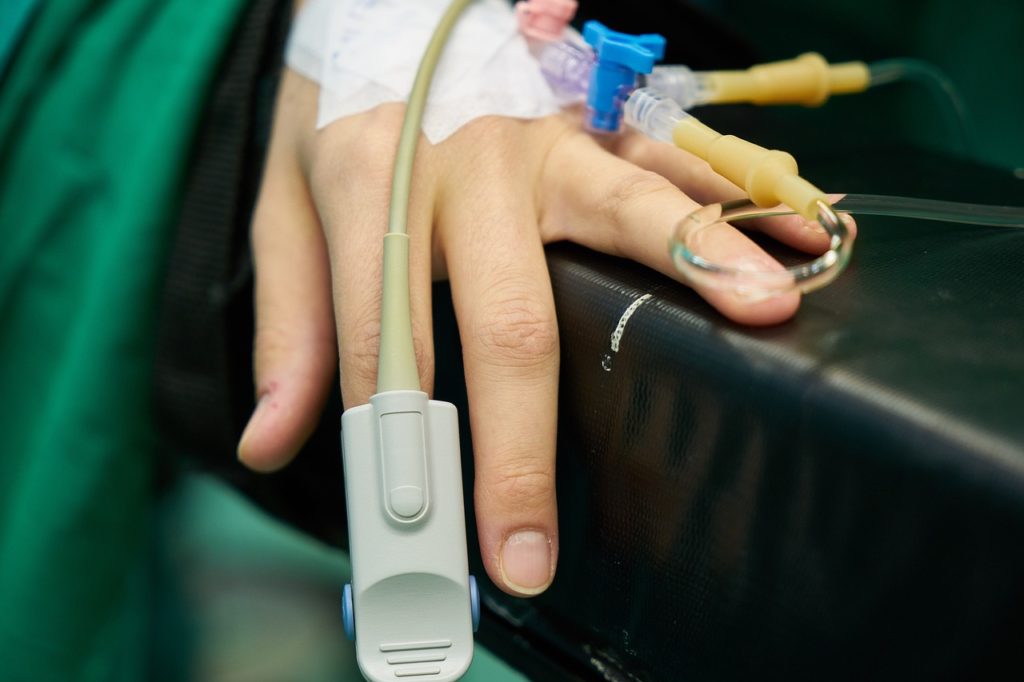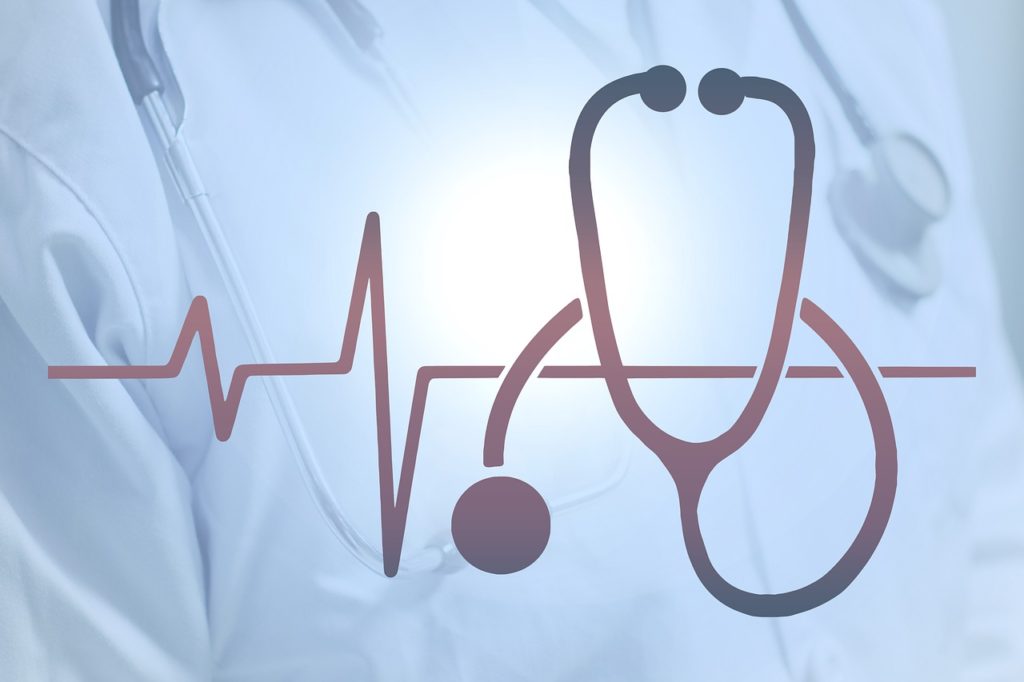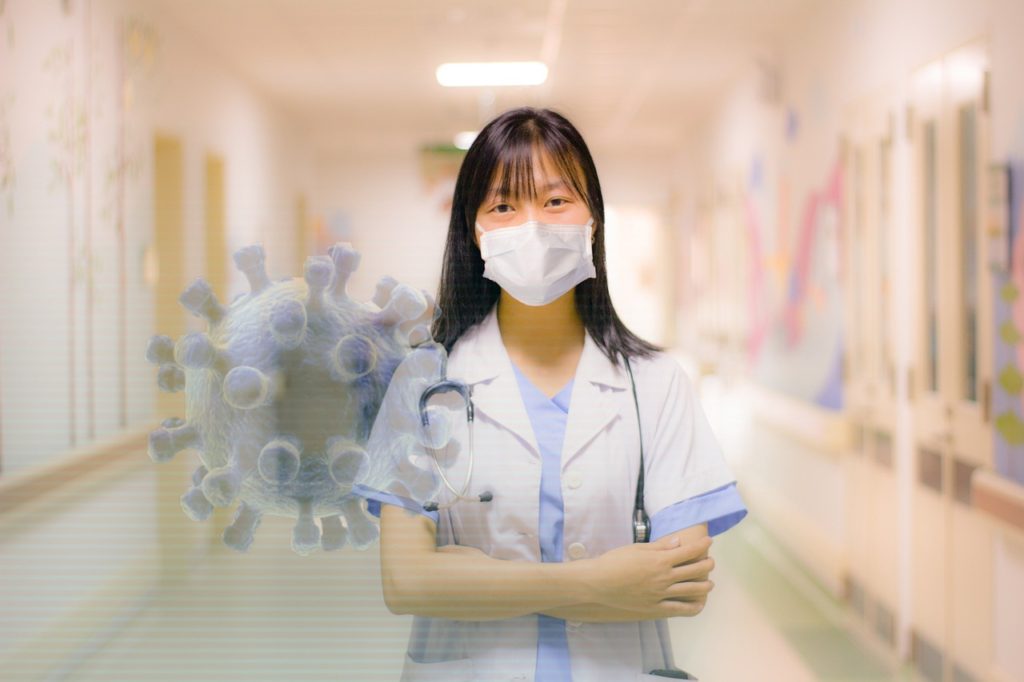Proning has been mentioned in many nursing journals of late due to its effectiveness in treating acute respiratory distress syndrome (ARDS.) This is the life-threatening respiratory condition developed by those with severe COVID-19 lung inflammation. Early in the pandemic, besides ventilators, proning was one of the few treatments available for those with ARDS. Why is this something we didn’t hear about before? Is this a new treatment? Is it safe? In this post, proning will be explained in relation to ARDS.
This intervention has been around for a while. Of course, those in surgery are commonly placing patients in the prone position (face down) for certain surgical procedures. As a critical care nurse for many years, proning was one of the few treatments for ARDS even back in the 1990s. Because we are seeing so many more patients with this challenging immunologic syndrome, the treatment has had a significant resurgence.

The Immune System and ARDS
As a review, the immune system is a complex system of tissue triggers drawing the white blood cells and fluids to an area, It is a response to acute assaults such as tissue trauma and infection. Increased blood flow and capillary permeability are responses created. Blood carrying the immune cells rushes to the area and the cells along with fluid move into the area. The local signs and symptoms of inflammation include swelling, redness, pain, and exudate. Fever, malaise, and fatigue occur in a systemic reaction. Although the inflammatory response is necessary, at times the response is too strong such as in septic shock and ARDS.

COVID-19 and ARDS
ARDS develops when an insult creates an inflammatory response in the lungs. Fluid rushes into the lungs and fills the vital areas for gas exchange, the alveoli. With the alveoli filling with fluid, oxygen and carbon dioxide are not exchanged effectively. In addition, the cells of the alveoli that produce surfactant, a wetting agent and “detergent,” are inhibited. Without surfactant the alveoli stick together and collapse rather than being easily able to fill with air. Between the combination of these two issues, oxygen levels plummet. Respiratory failure occurs. COVID-19 creates this type of response in the lungs of some patients.

Treatment of ARDS: Why Proning?
ARDS has no specific cure. Treatment is supportive. Oxygen must be applied but even with high levels, up to 100% oxygen, in ARDS this may still not be enough. Intubation and mechanical ventilation is often needed. In some patients, the oxygen levels may still not rise. Further options may include sedation to lessen patient anxiety and increase tolerance to the ventilator, fluid management to ensure adequate hydration without further overloading the lungs, and proning. If these measures are not enough, extracorporeal membrane oxygenation (ECMO) may be needed. ECMO is an invasive therapy pumping blood to a machine for oxygen, bypassing the inflamed lungs.
Proning does work well for many patients. Why is proning helpful in the patient with acute respiratory failure? Let me explain. While we have alveoli throughout our lungs, most of them are located posteriorly in the lower portion of the chest. When ARDS develops and the alveoli fill with fluid, gravity will cause more of the fluid to move to the lower chest filling the alveoli in this area. Likewise, the patient with ARDS is lying down, also creating gravitational pull of fluid to the posterior surfaces of the lungs. Gravity also works on blood flow causing more blood flow to these fluid-filled or collapsed posterior and lower alveoli. This creates a mismatch between oxygenation (ventilation) and blood flow(perfusion), often called a V/Q mismatch. Even the weight of the heart and abdominal organs pressing on the lungs can further decrease the ability to fill the lung tissues. Although not usually a concern, in ARDS, every bit of impairment to filling the alveoli makes a huge difference.
The good news is there are parts of the lungs that may still have open and functioning alveoli. They are in the upper and more anterior lung areas. To get more blood flow to these areas, turning the patient in the prone position will force more blood flow to these functioning alveoli. The pressure of the heart and abdominal organs on the lungs is lessened. For many ARDS patients, proning improves oxygenation and avoids invasive ECMO treatment. In addition, improved drainage from the diseased lung areas in the prone position occurs, possibly allowing more gas exchange to be possible. In addition, the heart may function more effectively in the prone position. Many sources describe proning as “recruitment” of alveoli for gas exchange

Nursing Perspectives of Proning
Patients who are awake and not on a ventilator can also be placed in the prone position. Some may be able to assist in turning. Self-proning may prevent the need for mechanical ventilation for some patients. Positioning a patient who is sedated and on mechanical ventilation to the prone position is not easy, but with adequate assistance, it can be safely done. Those who are currently working in the ICU are probably getting quite familiar with proning. Some agencies have developed proning teams. Lifts and other devices may be used to assist in moving the patients. Proning protocols provide the safest use of this therapy. (Examples are referenced below.)
Close observation of the patient must include continuous oxygen assessment in addition to cardiac and blood pressure monitoring. The patient’s skin must be closely monitored as pressure areas may lead to skin breakdown. Padding and the use of pressure-relieving devices may help prevent skin breakdown for those who need prolonged proning therapy.
ARDS is a life-threatening complication of COVID-19. Treatments are discussed in this post. Proning has shown effective in increasing oxygenation for patients with this condition. While not effective for all patients, it is a less invasive treatment to improve oxygenation. With set guidelines and teamwork, placement of patients into a prone position, despite ventilator tubings, cardiac monitoring, urinary catheters, nasogastric and other tubes, can be possible. For more information, see the resources below.
Resources
Joseph, B., Mackinson, L. G., Sokol-Hessner, L. Law, A.C., & DeSanto-Madeya, S.. (2021). CE: A prone positioning protocol for awake, non-intubated patients with COVID-19. American Journal of Nursing, 121(10), 36-44. doi: 10.1097/01.NAJ.0000794108.07908.54
Hadaya, J. & Benharash, P. (2020, August 21). Prone positioning for acute respiratory distress syndrome (ARDS). JAMA Patient Page. https://jamanetwork.com/journals/jama/fullarticle/2769872
Massachusetts General Hospital. (2020). Prone positioning protocol. https://www.massgeneral.org/assets/MGH/pdf/news/coronavirus/prone-positioning-protocol.pdf
Nebraska Medicine. (n.d.). COVID19 proning protocol-“pronocol.” https://www.nebraskamed.com/sites/default/files/documents/covid-19/proning-protocol.pdf

